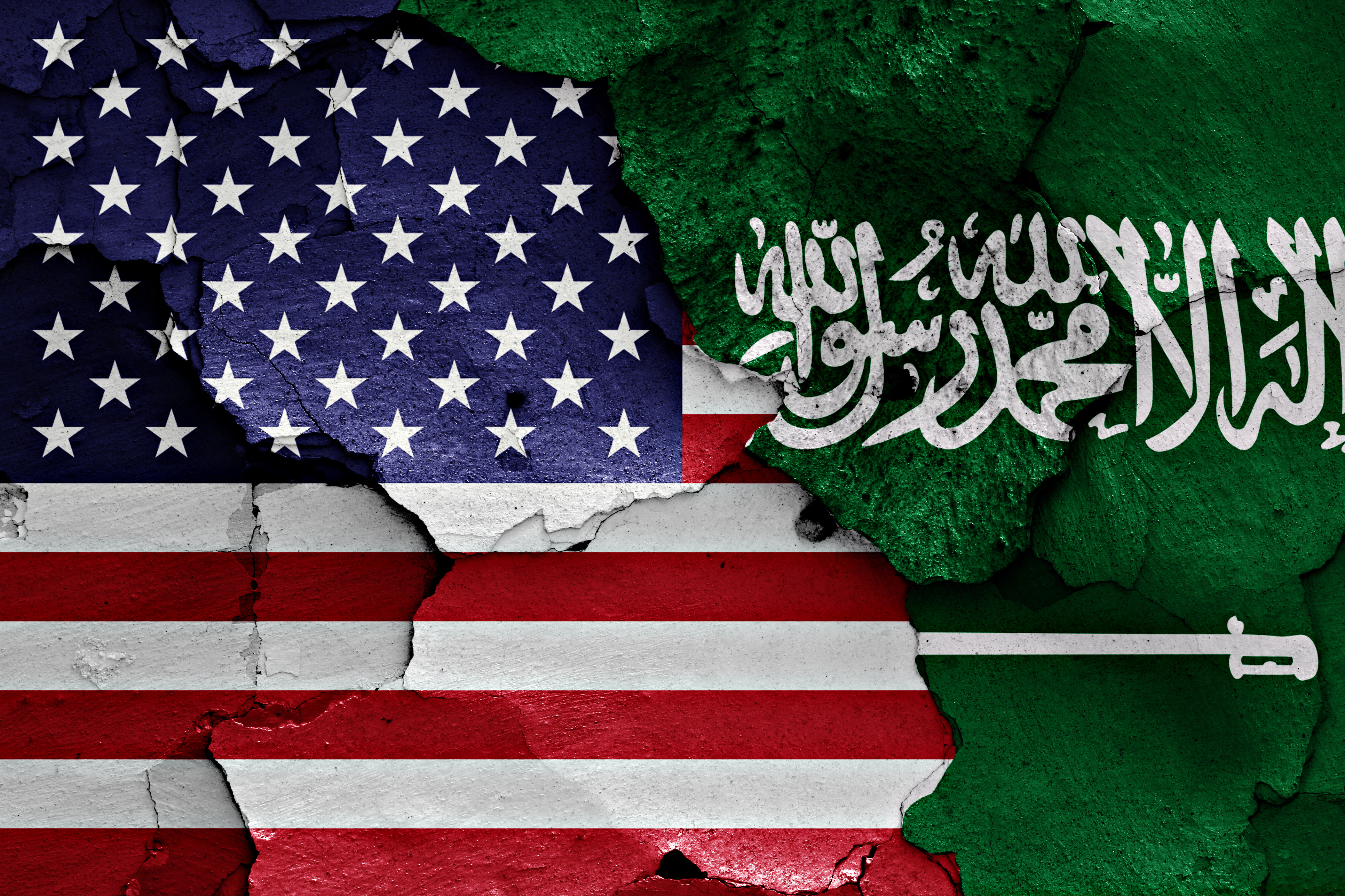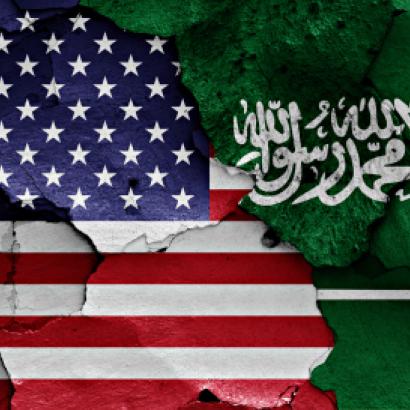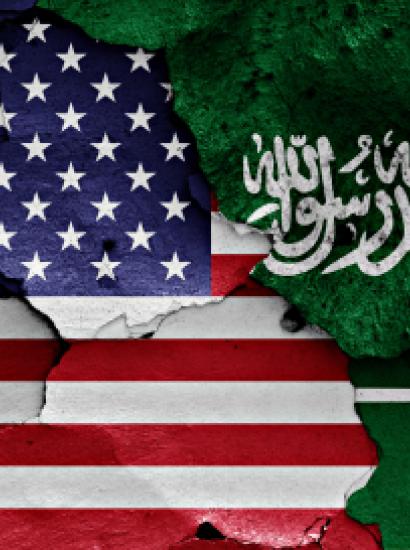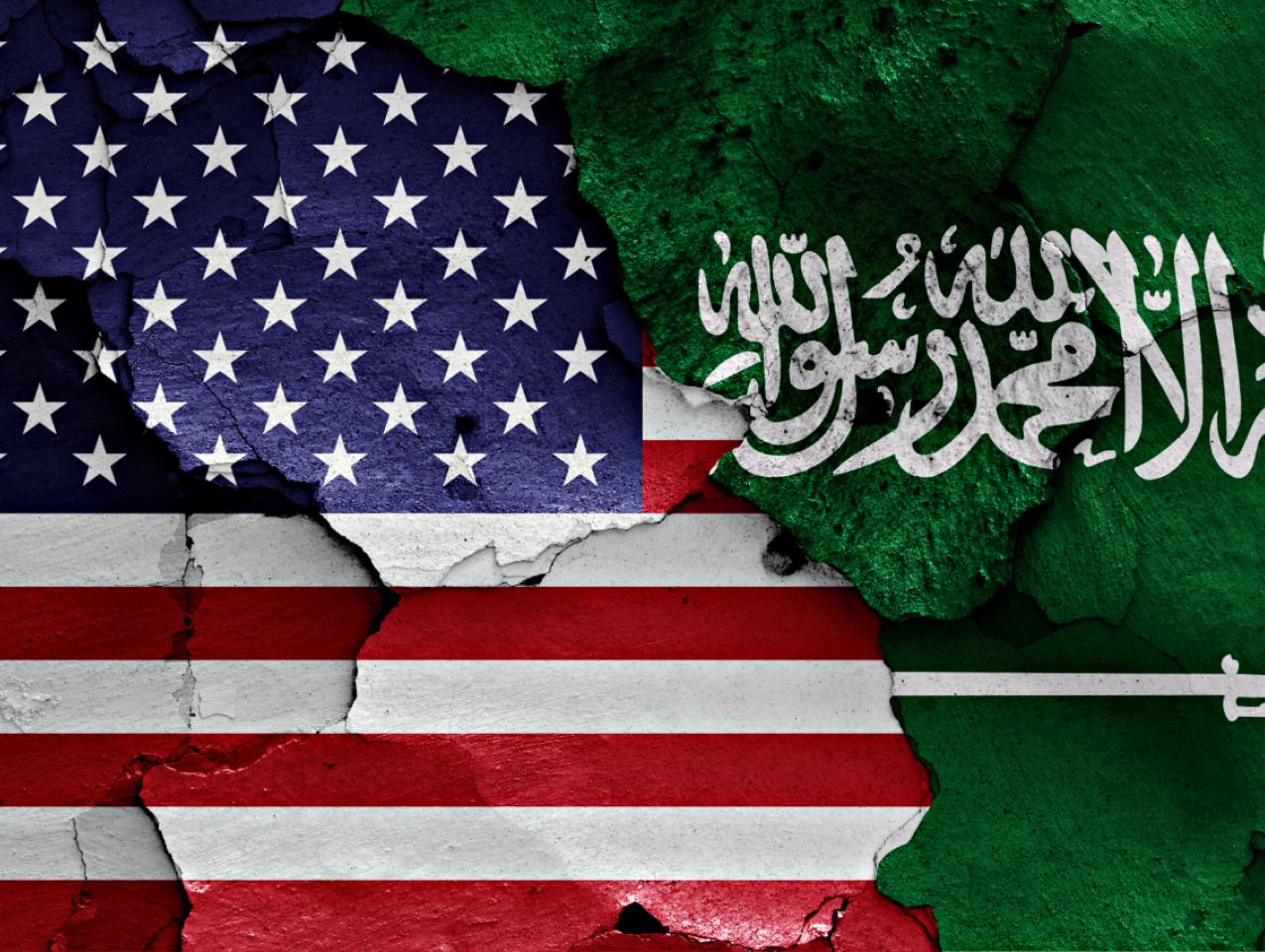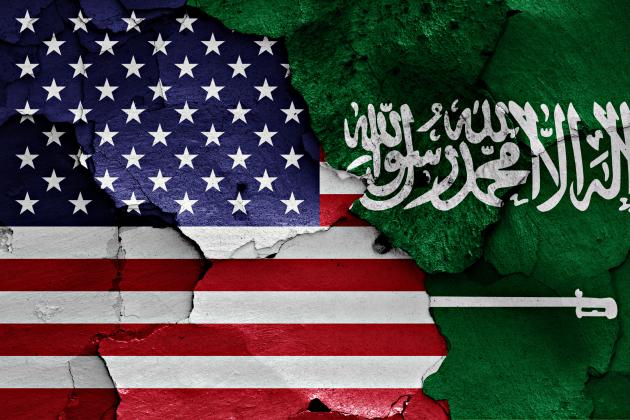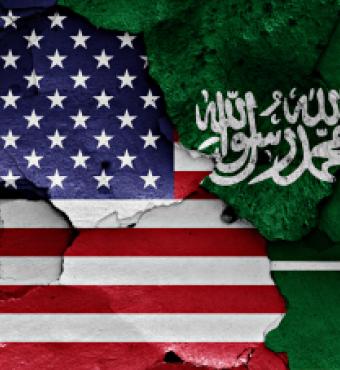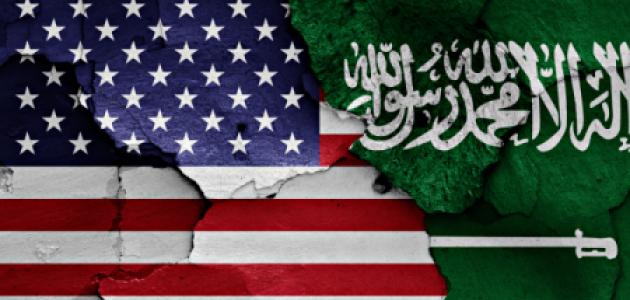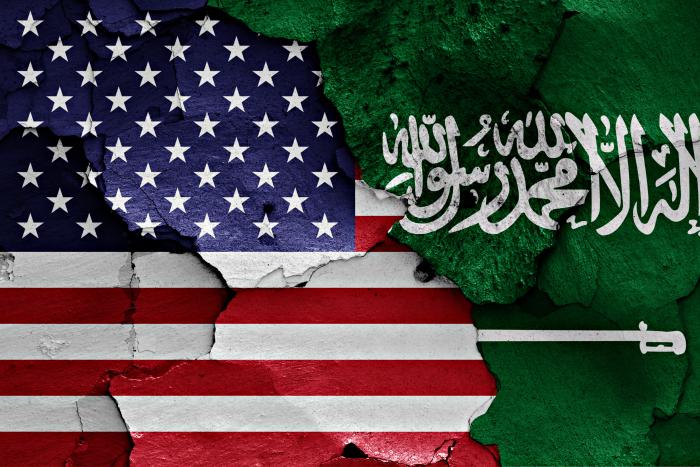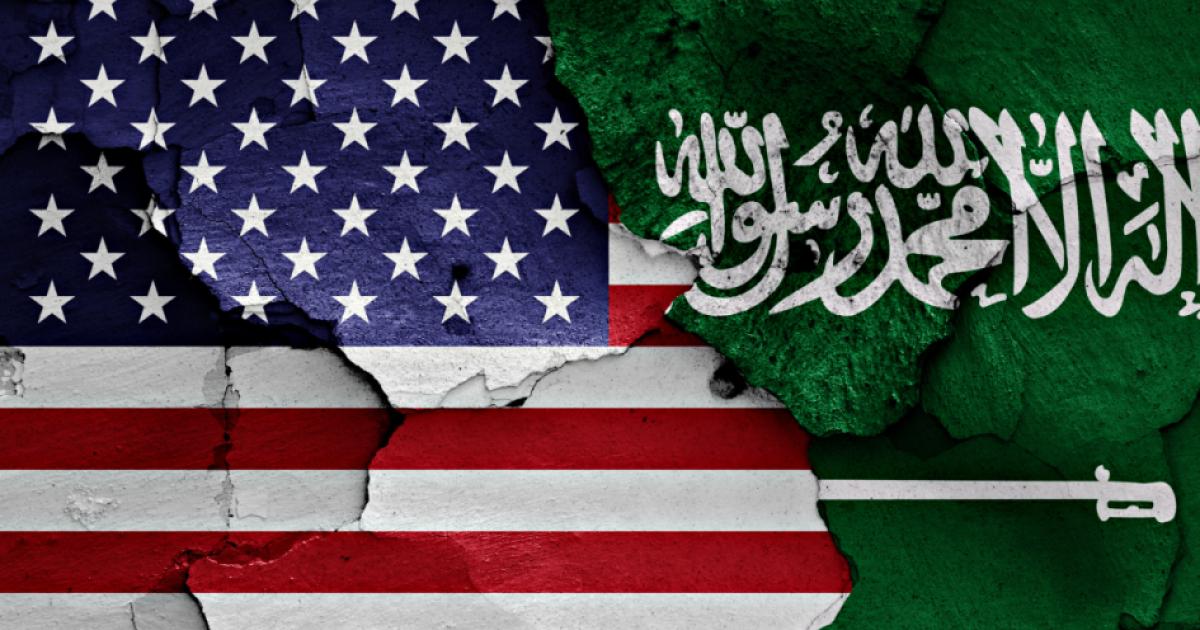- Revitalizing History
In January 1980, President Jimmy Carter articulated the policy that became known as the Carter Doctrine. Amid the Islamic revolution in Iran and the Soviet invasion of Afghanistan, Carter used his State of the Union address to proclaim that “an attempt by any outside force to gain control of the Persian Gulf region will be regarded as an assault on the vital interests of the United States of America, and such an assault will be repelled by any means necessary, including military force.” The previous approach of relying on local partners in the Gulf, namely the “twin pillars” of Iran and Saudi Arabia, had come to an end. One of the pillars had collapsed, and the Soviets seemed poised to extend their influence further south into the oil-rich Gulf. Henceforth projecting and sustaining military force in the region would be a key component of U.S. Middle East strategy. Having been reluctant to take over the role of security guarantor in the Gulf ceded by the British in 1971, the U.S. now saw no other choice. With its vast oil reserves, this was an area of immense strategic importance. Washington could not allow it to be dominated by a hostile foreign power.
Since 1980, U.S. policy in the Gulf has been guided by the spirit of the Carter Doctrine, which over time would lead to the buildup of a formidable military presence across numerous friendly Arab countries, including Saudi Arabia, the United Arab Emirates, Bahrain, and Qatar. This framework has generally held for the last forty-odd years, though recently a certain wariness over Washington’s commitment to the Carter Doctrine has set in among America’s Arab Gulf allies. Whether the Biden administration will recommit to the doctrine or follow the British in abandoning the Gulf to another power remains to be seen.
The Carter Doctrine from Reagan to Obama
While originally framed in terms of the Soviet threat to the region, the Carter Doctrine soon became focused on containing local threats as well, namely the Islamic Republic of Iran and Saddam Hussein’s Iraq, both of which sought to challenge the American-led order. This was the policy known as the “Reagan corollary” to the Carter Doctrine, introduced in 1981 by President Reagan’s pledge not to allow Saudi Arabia to become another Iran. “There’s no way that we could stand by and see that [country] taken over by anyone that would shut off that oil,” he said in a news conference. The U.S. commitment to its Gulf partners’ security, whether from external or internal threats, was demonstrated decisively in the response to the Iraqi invasion of Kuwait in 1990, which saw U.S. forces repel the Iraqi invaders amid a massive deployment to Saudi Arabia.
By the turn of the millennium, the Carter Doctrine with its Reagan corollary seemed to be firmly in place. But the dire outcome of the U.S. invasion of Iraq in 2003—insurgency, terrorism, the expansion of Iranian influence—would take a toll on the American psyche. War fatigue in Iraq and Afghanistan contributed to the election of Barack Obama, who in 2011 would announce the so-called “pivot to Asia”—a repositioning of U.S. forces toward Asia and recommitment to the continent as the priority of American grand strategy. From the vantage point of the Arab Gulf states, Obama’s “pivot to Asia” was a pivot away from the Middle East, as indeed it was. The rise of ISIS in 2013 brought the United States back into the region, but America still seemed reluctant to be involved.
Under Obama, the American commitment to the Carter Doctrine unraveled as his administration set its sights on a grand bargain with the Islamic Republic of Iran. In July 2015, the United States announced the Joint Comprehensive Plan of Action (JCPOA), better known as the Iran nuclear deal, whereby the U.S. agreed to relax economic and military pressure on Tehran in exchange for temporary restrictions on Iran’s nuclear program. America’s Arab Gulf allies, who had been left out of the negotiations, were perplexed by Washington’s accommodationist stance toward a regime whose watchword was “death to America” and which they considered the greatest threat to their security.
That Obama wished to extricate the United States from its Carter Doctrine role became clear in a 2016 interview in which he spoke of the need for the Arabs and Iranians “to find an effective way to share the neighborhood and institute some sort of cold peace.” The United States, he indicated, did not want to serve as the security umbrella for its Arab allies. “An approach that said to our friends ‘You are right, Iran is the source of all problems, and we will support you in dealing with Iran’ would essentially mean … that we have to start coming in and using our military power to settle scores. And that would be in the interest neither of the United States nor of the Middle East.” In Obama’s view, then, the extension of Iranian influence in the region—via proxies, terrorism, and other forms of provocation—was not necessarily something to be opposed. Indeed, the Arabs needed to accommodate it. The desired outcome was an Arab-Iranian equilibrium of sorts that would allow the United States to reduce its military commitments as it pivoted away to Asia.
To the Arab Gulf states, including Saudi Arabia and the UAE, the Obama policy toward Iran felt like a betrayal. Iran, as they well knew, was an avowedly revisionist power, not one interested in being accommodated. Driven by ideological fervor, it aspired to regional hegemony, not equilibrium. As Emirati leader Mohammed bin Zayed put it in a discussion with U.S. Admiral Kevin Cosgriff in 2007, Iran was intent on becoming “a new Greater Persian Empire wielding the influence of a nuclear weapon.” Under Obama, the United States was not going to stop Iran from reaching its goal.
Reversal and Disappointment
President Trump came to office in 2016 determined to jettison the entire Obama mindset that had produced the JCPOA. In 2018, he withdrew from the agreement and adopted a policy of “maximum pressure” on the regime in Tehran. Naturally, the Arab Gulf states welcomed the reversal, but they soon learned that American commitments to their security remained precarious even under a president as friendly as Trump.
The moment of truth came on September 14, 2019, when oil facilities in Abqaiq and Khurais in eastern Saudi Arabia came under attack from a barrage of drones and cruise missiles, cutting the kingdom’s oil production in half and causing a spike in global oil prices. The Houthis in Yemen, an Iranian proxy, claimed responsibility for the attack, but as the U.S. determined, the munitions had in fact come from the north, implicating Iran directly. President Trump took to Twitter to say the U.S. is “locked and loaded” to respond to Iran, but the bellicose words were not matched by actions. All America would do was impose new sanctions and send additional troops to Saudi Arabia. Trump’s wariness over responding to Iranian provocations with military force gave the Saudis pause. As the Saudi analyst Ali Shihabi would later write, “It was then that the promise of a US defense umbrella was decisively punctured.” The United States was still the preeminent military power in the Gulf, but its reliability as a security provider was in serious doubt.
Despite the disappointment of Abqaiq and Khurais, the relationship between Trump and the leadership in Riyadh remained strong. Such was not the case with the next U.S. president, Joe Biden, who on the campaign trail had called Saudi Arabia a “pariah” for the killing of U.S. resident Jamal Khashoggi in October 2018. Biden came to office pledging to isolate Crown Prince Mohammed bin Salman, whom the CIA had held responsible for the murder, and soon announced that his administration would be “recalibrating” the relationship with Riyadh. The Saudis felt insulted, and to make matters worse, the Biden administration was attempting to revive the JCPOA, essentially pursuing the Obama-era policy of seeking accommodation with the Iranians.
Meanwhile, the threats from Tehran continued. In January 2022, the UAE experienced an event similar to the earlier attack on Abqaiq and Khurais when the Iran-backed Houthis targeted Abu Dhabi with missiles and drones, striking oil tanker trucks and the Abu Dhabi International Airport. Three civilians were killed. As before, the U.S. response proved disappointing. Having quickly condemned the attack on Abu Dhabi, the United States waited two weeks before sending a warship and additional jet fighters to boost Emirati defenses. Largely out of frustration with Washington, the UAE abstained from a U.S.-led resolution at the UN Security Council condemning Russia’s invasion of Ukraine. Secretary of State Antony Blinken later apologized to UAE president Muhammed bin Zayed for the slow pace of America’s response, but the mood in the UAE was souring toward the U.S.
A month after the attack on Abu Dhabi, Anwar Gargash, a prominent Emirati diplomat and key adviser to Mohammed bin Zayed, cast doubt on the reliability of the U.S. security umbrella and even U.S. staying power in the Gulf. The attack on Abu Dhabi, he said in a public lecture, had posed a “test … for many of our alliances,” and the UAE was now in the process of “reviewing our alliances” and the level of “commitment” to Emirati security that they represent. This was of course in reference to the United States, whose supremacy on the world stage, Gargash said, was doubtless in decline. U.S. hegemony in the international arena “is a hegemony that will not continue …. Western hegemony in the international order is in its last days.”
Over the next year, the UAE’s frustrations with the Biden administration grew further still, largely in response to a stepped-up Iranian campaign of harassment of oil tankers in the Gulf. In May of this year, following increased Iranian seizures of commercial vessels, including one ship transiting between two Emirati ports, the UAE withdrew from a U.S.-led maritime coalition in the Gulf. It then announced that it would hold its first-ever joint military drills with China, a move widely seen as a message to the U.S. The message being sent was that the UAE had other options in terms of security partners should the U.S. continue to fall short in its efforts to deter Iranian aggression.
Saudi Arabia would send similar signals about diversifying its security relationships as a hedge against declining U.S. influence. In March, deepening ties with Beijing resulted in the announcement of a China-sponsored reconciliation agreement between Riyadh and Tehran, paving the way for the resumption of diplomatic relations between the two regional foes after seven years of ruptured ties. The announcement added that China, together with Saudi Arabia and Iran, would work “towards enhancing regional and international peace and security.” The agreement was Beijing’s first foray into Middle East diplomacy. It was followed by the further announcement that Riyadh would be joining the Shanghai Cooperation Organization as a “dialogue partner.”
The moves evidently caught Washington’s attention. As CENTCOM commander Michael Kurilla said in Congressional testimony shortly after the Saudi-Iran agreement, China is “aiming to challenge our standing in the region … [its] increased technological and military presence serves as a growing strategic challenge to US partnerships, access, force presence, and security in the region.”
A New Course?
It is in this context that the Biden administration seems to have begun charting a new course in its approach to the Middle East. Two years of courting the Iranians with a view to reviving the JCPOA had alienated America’s Gulf allies while creating opportunities for China to supplant American interests. The administration seemed to recognize that its influence in the Gulf was in peril and that a recommitment to the American-led order was necessary.
One element of the new approach is a renewed focus on integrated air and missile defense across the Gulf states (and possibly Israel), which General Kurilla, the CENTCOM commander, has been assiduously promoting. But this has not stopped the Gulf states, particularly Saudi Arabia and the UAE, from pursuing closer stronger defense ties with China, including arms purchases that Washington says threaten the sort of integrated defense it is trying to build. Despite General Kurilla’s assertation that “CENTCOM’s commitment to the region is ironclad,” the Gulf states continue to see the U.S. as a power with only a lukewarm commitment to their security. To be reassured, they are seeking an easier path to acquiring American arms as well as formal security guarantees that would obligate the U.S. to come to their defense if attacked. These are tall asks in a Washington political environment where autocratic Arab Gulf regimes are not particularly popular.
Yet the Biden administration still seems intent on recommitting to Gulf security with a view to limiting China’s influence. In addition to integrated air and missile defense, the administration is now pushing a so-called “mega-deal” with Saudi Arabia that would include Saudi normalization with Israel in exchange for an American security guarantee and help with nuclear enrichment. Israeli concessions to the Palestinians would also need to be involved. According to the Wall Street Journal, as part of the arrangement, “the U.S. is pressing Saudi Arabia to impose limits on its growing relationship with China.” There are numerous obstacles to such a deal being reached, from the difficulty of securing Congressional authorization of any defense pact to concerns over nuclear proliferation to the thorny problem of the far-right governing coalition in Israel that would likely reject concessions to the Palestinians. But the fact that Washington is seriously pursuing such a deal sends the right message about America’s commitment to regional security.
In the era of what Niall Ferguson has called Cold War II with China, the Biden administration seems to have rediscovered the compelling logic of the Carter Doctrine—that the Gulf remains an area of critical importance in the geopolitical arena and must be safeguarded from strategic competitors. This is an encouraging development, even if the realization has come after two years of counterproductive policies. The pursuit of a Saudi “mega-deal” is certainly in the U.S. interest, but the reality is that this is unlikely to be achieved anytime soon. Maintaining American supremacy in the Gulf will require showing our Arab Gulf allies that we take their security seriously, that we take the Iranian threat seriously, and that we are here to stay. Unfortunately, in all three of these areas, the Biden administration has dug itself into a hole. At least now it seems intent on figuring a way out.







